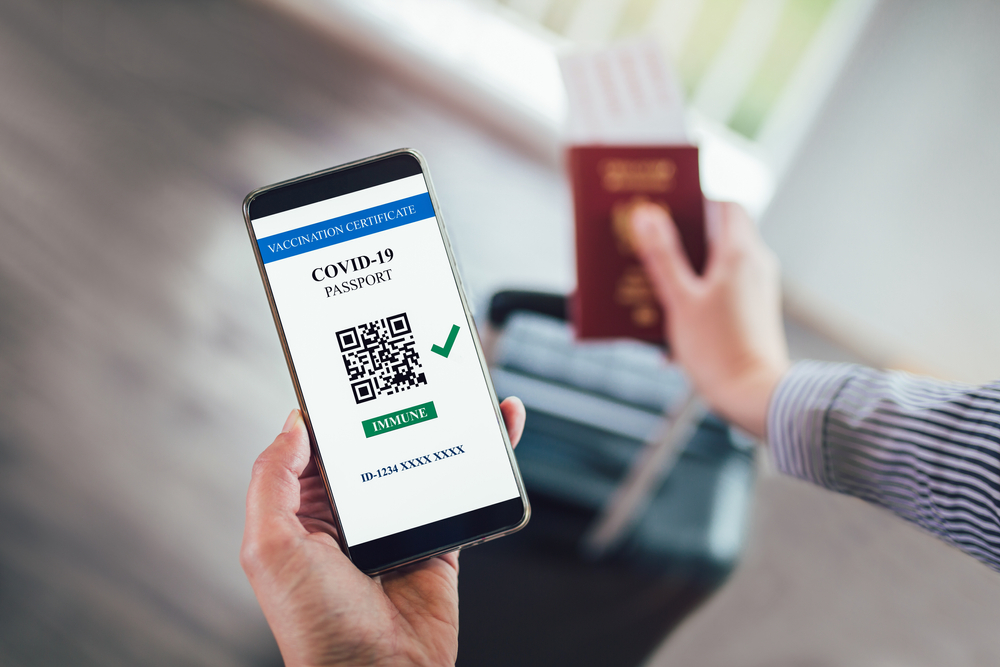Things we should know about IATA’s Travel Pass app
Guest Writers are not employed, compensated or governed by TD, opinions and statements are from the specific writer directly

You have probably heard by now about the IATA Travel Pass, I have published a few stories about it and in the past few weeks with the vaccination rolling in Australia, it has been over the news as the “vaccine passport” or “immunity passport”. After all, these digital health passports will likely be a crucial part of the travel industry as it rebounds.
Right now, the government provides a physical vaccination card that tells you key facts about your inoculation, including the date you received the vaccine and the type you received. Whilst the Australian government has announced that it intends to provide the information digitally via the MyGov app, IATA is days away to roll out the testing with 20 airlines of their newly developed “immunity passport” app, which converts the immunisation information into a digital health passport you could display on your phone.
In addition to details about the COVID-19 vaccine, it could track and organize other pieces of health information too, such as recent coronavirus test results and other inoculations needed for travel, such as the yellow fever vaccine, etc.
Many people have questions about digital health passports and how they will play a role in travel.
Here are some clarifications released by IATA:
What is the IATA Travel Pass and how will it work?
The Travel Pass is designed to digitize [paper COVID-19 results], so instead of having to show up at the airport with your piece of paper and queue up in a line and wait for someone to validate it, and then subsequently get through a check-in process and then onboard an aircraft, IATA has proposed to do that electronically.
Can the app be standardized?
There is no standard in place in terms of what the key elements of a certificate would look like nor even the digitalization of a certificate from one country to another, and no one is following any level of consistency whatsoever.
The first step is to work with our two regulators. And that is ongoing work. That is anticipated to come to completion at some point between now and May, where the World Health Organization (WHO) will, hopefully, at that point, have settled on a digital version of what a health vaccination certificate would need to look like for COVID-19.
What if you have already been vaccinated?
There will be a process in place that would allow people to upload their current vaccination status. That may take multiple forms that could be an (optical character recognition that) formats pictures or PDF files. Those types of things will need to be incorporated into the app to accommodate those who have been vaccinated prior to a standard being released.
How will the app weed out fake COVID-19 results or vaccine certificates?
It is difficult to ask any normal check-in agent in an airline environment to validate what’s real and what isn’t. Those capabilities are not currently available, the check-in agents need to be trained as best as possible about things to look for, but it is wrought with risk.
How will travellers add information to the app?
Travellers will need to take a picture or a scan of that credential, which would be a vaccination card with your name on it. That would need to verify that against your digital credential that has been created in the app to make sure that the content is accurate.
There must be some verification in the background that we would interrogate against your name and location to ensure that the certificate was valid. But IATA would not set those standards, the governments do.


Comments are closed.